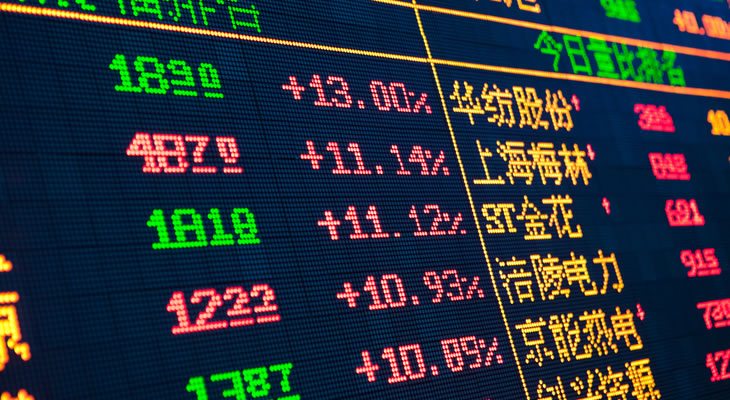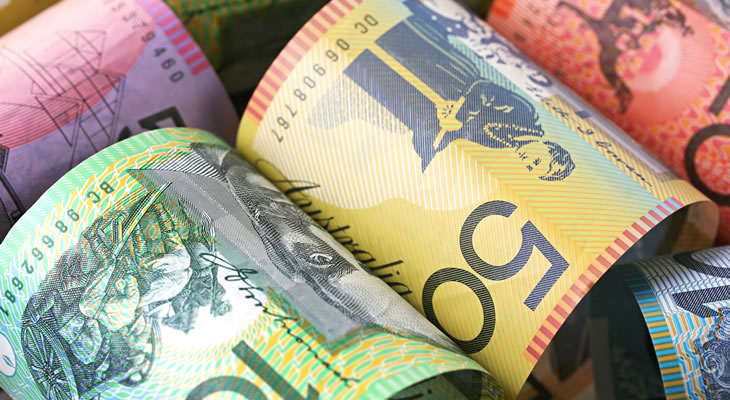- Australian Dollar shored up by Chinese Services, Composite PMIs
- ‘Brexit’ fears continued to weigh on GBP/AUD exchange rate
- Disappointing Australian Construction PMI prompted AUD slump
- Pound forecast to fall on declining UK industrial & manufacturing production
Chinese PMIs, UK Steel Weighed on Pound Sterling to Australian Dollar (GBP/AUD) Exchange Rate
Market risk appetite was bolstered on Wednesday as the latest Chinese data proved encouraging. Both the March Services and Composite PMIs showed a decent uptick in growth, returning the world’s second largest economy to a state of expansion. Consequently demand for commodity-correlated currencies was shored up, boosting the Australian Dollar (AUD) as base metal prices rallied on the prospect of increased demand.
The appeal of Pound Sterling (GBP), meanwhile, was dented by continuing worries over the future of the British steel industry, as Business Secretary Sajid Javid flew to Mumbai to consult with the leadership of Tata Steel. With concerns that the Indian conglomerate will give the government weeks rather than months to secure a sale of the company’s currently loss-making steel mills the mood was not overly positive.
As Javid ultimately emerged from discussions with no firm timeframe this failed to rescue the Pound Sterling to Australian Dollar (GBP/AUD) exchange rate from its slump, sliding in the range of 1.8696 at the close of the European session.
Weakening Construction PMI Sends Australian Dollar (AUD) Trending Lower
Overnight the bullish run of the ‘Aussie’ was dented by the release of the Federal Open Market Committee’s (FOMC) March meeting minutes. Although the general tone remained dovish, in line with more recent commentary from Fed Chair Janet Yellen, the Fed still appears to be on course to raise interest rates again before the end of the year. Hawkish dissent is clearly growing amongst policymakers, a prospect which prompted traders to sell out of higher-risk assets such as the antipodean currency.
Confidence was not improved by the news that the latest Australian Construction PMI had slumped deeper into contraction. Falling from 46.1 to 45.2 in March, this suggests that the domestic economy is still very much under pressure as negative global headwinds weigh on sentiment. This weakening outlook may spur the Reserve Bank of Australia (RBA) to consider loosening monetary policy in the coming months, assuming that growth does not show stronger signs of picking up.
Geordan Murray, economist for HIA, points out that ‘this is a concern because the ongoing contraction in mining-related work still has a way to go yet’. Even more so, he continues, as ‘it is unlikely that a pick-up in conditions in other sectors will fully offset the contraction in mining investment over the next few years’.

Pound Sterling (GBP) Exchange Rate Vulnerable as ‘Brexit’ Worries Gain Fresh Momentum
This rash of Australian Dollar weakness has benefitted the GBP/AUD exchange rate, which rallied to reach a daily best of 1.8742 on Thursday. Generally, however, the Pound has continued to face strong downward pressures as ‘Brexit’ worries drag on the domestic economy. The government’s decision to fund a pro-EU leaflet campaign with taxpayer money met with some ire from the ‘Leave’ camp, prompting another flurry of debate.
Concerns over the outcome of the June referendum are weighing on trader sentiment more generally, with investors increasingly unwilling to buy into the Pound as uncertainty looms. As Rabobank Market Economist Stefan Koopman points out; ‘The latest ICM opinion poll on the EU referendum showed that 43% of voters wanted to leave the EU and 44% were opposed to a Brexit, leaving 13% undecided’.
The apparently narrowing margin between the opposing camps offers no reassurance to jittery markets, in particular because, Koopman notes, ‘investors haven’t forgotten the massive miss in the 2015 general election forecasts’. Nevertheless, ‘Aussie’ softness has kept the GBP/AUD exchange rate buoyant on Thursday.
GBP/AUD Exchange Rate Forecast: Falling UK Production Figures to Prompt Pound Slump
On Friday the Pound could see some greater volatility as the UK’s industrial and manufacturing production figures are expected to have declined in February. Weaker output would further undermine hopes for the domestic economy to shrug off negative influences, confirming the increasing drag of ‘Brexit’ uncertainty.
A more bearish result here could be contrasted by a narrowing of the UK’s visible trade deficit, with the February figure forecast to decrease from -10.28 billion to -10.20 billion Pounds. Any signs of progress towards reducing the country’s trade deficit may improve the fortunes of Sterling, suggesting an underling trend of improvement.
Ahead of the weekend there is no further Australian data due for release, although the ‘Aussie’ is expected to see some greater movement on the back of Monday’s Chinese Consumer Price Index report. If inflation is found to be picking up in China markets are likely to return to a predominantly risk hungry outlook, with the commodity-correlated Australian Dollar set to benefit.
Current GBP, AUD Exchange Rates
At the time of writing, the Pound Sterling to Australian Dollar (GBP/AUD) exchange rate was trending higher at 1.8738, while the Australian Dollar to Pound Sterling (AUD/GBP) pairing was slumped in the region of 0.5335.


Comments are closed.